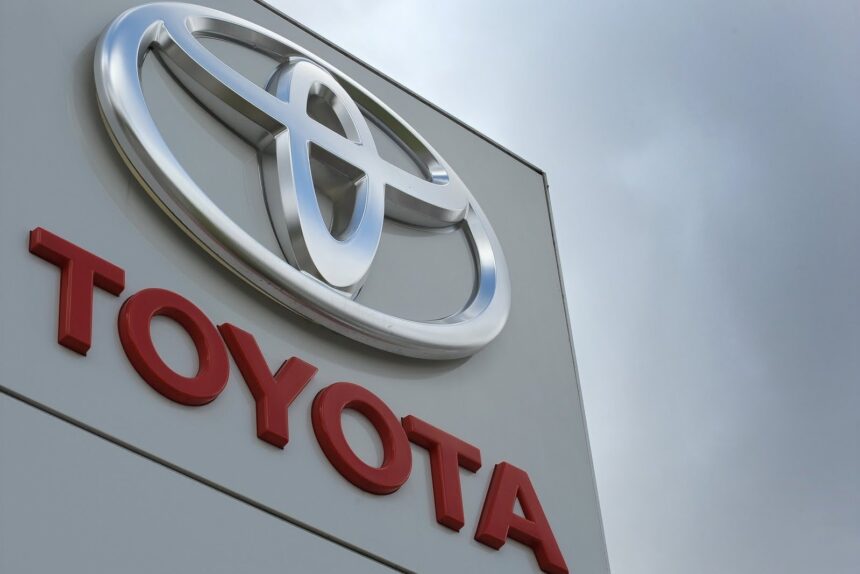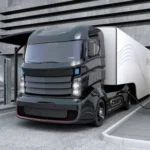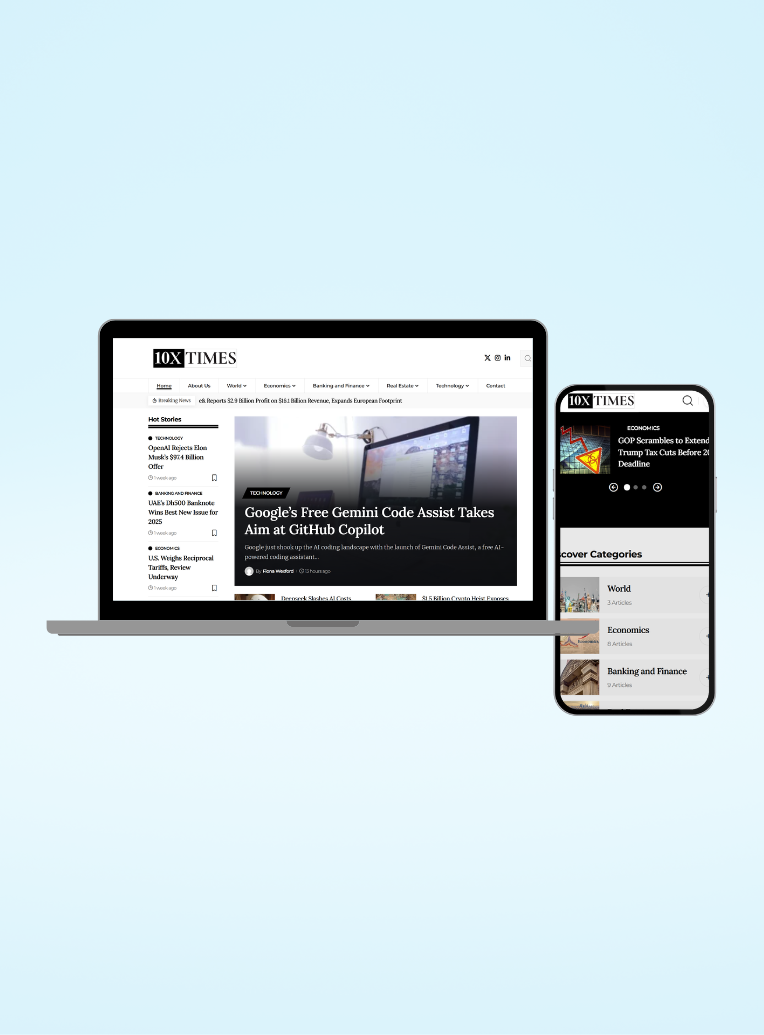Toyota Motor is increasing its focus on plug-in hybrid electric vehicles (PHEVs), aiming for significant growth in this segment. The company, which introduced hybrid technology to many Americans with the Prius 25 years ago, is now targeting PHEVs. Unlike traditional hybrids, PHEVs can operate solely on electric power for certain distances before switching to a traditional gasoline engine. These vehicles can also be plugged in to recharge, similar to electric vehicles (EVs).
PHEVs: Bridge Between Hybrids and Full EVs
PHEVs are gaining popularity as automakers seek to meet stringent fuel economy standards and emissions regulations. Toyota first introduced the Prius as a PHEV in the U.S. in 2016, and these vehicles are now seeing a renaissance.
PHEVs provide consumers an option between fully electric and traditional gasoline vehicles. They also act as steppingstones for hesitant buyers who are not ready to commit fully to EVs.
Read More: Germany’s Automotive Industry in Defense: Renk Seeks Auto Talent Amid Military Boom
Toyota Motor: Growth Projections and Sales Targets
Toyota Motor goal is to increase the percentage of PHEVs in its U.S. sales, aiming for 20% by 2030. Last year, PHEVs accounted for 2.4% of Toyota’s U.S. sales.
Toyota’s strategy aligns with the California Air Resources Board’s rules, which mandate zero-emissions vehicle sales by 2035. However, President Trump’s administration is expected to eliminate this rule, which may affect Toyota’s plans. Despite this uncertainty, the company remains committed to growing its PHEV sales.
Regulatory and Market Uncertainty Impacting Growth
The push for PHEVs comes amid regulatory uncertainty and slower-than-expected adoption of all-electric vehicles. Toyota continues to invest billions annually in EV development, even as PHEVs are experiencing performance improvements.
The company aims to expand its PHEV lineup across various vehicle segments, balancing product strength against the competition. Toyota’s focus is on improving the EV-only range of PHEVs, which has increased from a few dozen miles to 50 miles in models like the redesigned RAV4.
Sales Growth and Market Share Projections
Sales forecasts for PHEVs remain mixed, with projections for moderate growth in the coming years. Several automotive forecasting firms expect PHEVs to represent between 4% and 5% of U.S. sales by 2030. However, analysts like Chris Hopson from S&P Global Mobility suggest growth may be limited due to the high cost of dual powertrains.
Toyota’s own data shows that PHEV sales, including its luxury Lexus brand, increased by 39% last year. The Prius and RAV4 PHEVs accounted for significant growth in Toyota’s PHEV sales.
Toyota’s Hybrid and PHEV Strategy for the Future
David Christ, Toyota’s head of North America, stated that the company plans to increase the percentage of hybrids and PHEVs in its U.S. sales. By 2024, Toyota expects hybrids, including PHEVs, to account for more than 50% of its U.S. sales.
This is a significant increase from 46% in 2024 and nearly 30% in 2023. Toyota Motor is continuously evaluating which powertrains to offer on each vehicle model to ensure growth in both hybrid and PHEV segments.
The Role of Consumer Education in PHEV Adoption
Consumer understanding of PHEVs has been a challenge in the past, particularly for models like the Chevrolet Volt, which was discontinued due to slow sales. Toyota, however, has seen a significant increase in customer interest once consumers understand how PHEVs work.
Research shows that once consumers are educated about the benefits of PHEVs, interest surges, especially among those who might not consider fully electric vehicles.
Also Read: Can Codex Make Coding Obsolete as OpenAI Automates Programming in ChatGPT?
Challenges with Cost and Production
PHEVs, however, are more expensive due to the combination of both electric and gas-powered technologies. Toyota’s PHEVs currently cost thousands more than traditional or hybrid vehicles. For example, the 2025 RAV4 PHEV carries a $15,000 premium over the base model.
While this is a significant price difference, Toyota’s strategy includes offering additional incentives to encourage PHEV adoption. The company also views PHEVs as a “compliance benefit” for meeting emissions standards.
Conclusion
Despite the challenges, Toyota remains committed to its hybrid and PHEV strategy, recognizing the importance of a diverse powertrain approach. By offering a range of powertrains, from traditional internal combustion engines (ICE) to hybrids, PHEVs, and full electric vehicles (EVs), Toyota positions itself for success.
This comprehensive approach increases the company’s chances of thriving in a highly competitive automotive market. With continued education and consumer engagement, Toyota’s PHEV lineup is expected to grow in both popularity and market share.
Follow 10X Times for more business news.






